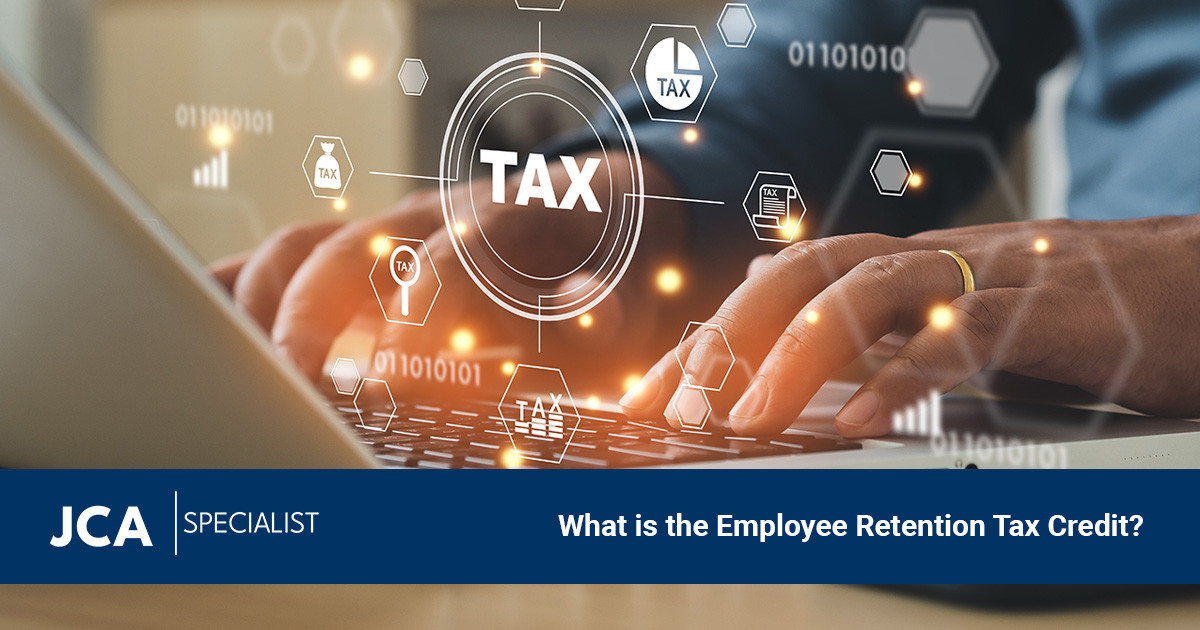February 10, 2023
The COVID-19 pandemic created immense economic hardships for countless organizations, with many still recovering. In response to these hardships, policies and legislation was implemented to help keep companies afloat, and even thriving, during these trying times in the form of economic stimulus packages. One of these packages is the Employee Retention Tax Credit, known as the ERTC or ERC for short.

One of the main forms of financial assistance was the ERC tax credit, which, according to the IRS, “is a refundable tax credit for organizations that continued to pay employees while shut down due to the COVID-19 pandemic or had significant declines in gross receipts from March 13, 2020 to December 31, 2021.”
Below is an overview that shares what you need to know about the ERC, edibility, next steps, and how you can potentially take advantage of it.
ERC Overview
In March 2020 when the pandemic was in full swing, a stimulus bill called The Coronavirus, Aid, Relief, and Economic Security (CARES) Act was passed by Congress to provide emergency financial assistance to impacted organizations. Worth a total of $2.2 trillion, the goal was to aid in recovery and help sustain and preserve businesses.
The ERC tax credit is only available to organizations with full-time employees (30 hours or more) who receive a W2, pay taxes, and contribute to the economy. Eligible companies who supported between 2 to 500 employees can receive up to $26,000 per employee. The financial relief that the ERC offers can be incredibly helpful and provide assistance regarding business operations or continuity. Having part-time employees in an organization’s workforce does not make them ineligible, but more information must be shared during the qualification process.
ERC Eligibility
There are three ways for-profit and nonprofit business can be eligible for the ERCs. The requirements your organization will need to have include:
- Sustained a full or partial suspension of operations limiting commerce, travel, or group meetings due to COVID-19 and orders from an official governmental authority
- Experienced a decline in gross receipts during Q2, Q3, or Q4 of 2020 or during the first three quarters of 2021
- Opened as a Recovery Startup in the Q3 or Q4 of 2021, and therefore can apply for those quarters.
Note that most organizations that are eligible are still in operation. However, some may have closed because of the pandemic, but may be eligible because they were open and operating during the time frames mentioned. If so, those entities can use the money to launch a new startup, invest, or reward sacrifices made. This is something worth noting if you or an organization you were fond of closed due to COVID.
Next Steps
You can find more details about the Employee Retention Tax Credit and links to additional resources from the IRS here. This program is set to expire and follows the tax cycle for each year of 2020 and 2021. So, be sure to look to see if you or an organization qualifies before Spring of 2025.
At Jorns & Associates, we can answer your questions, provide professional guidance, and help you determine your eligibility while navigating through this process. For more information or to get started, we invite you to contact us by calling 888-335-1552 or by emailing us through our secure contact form.
